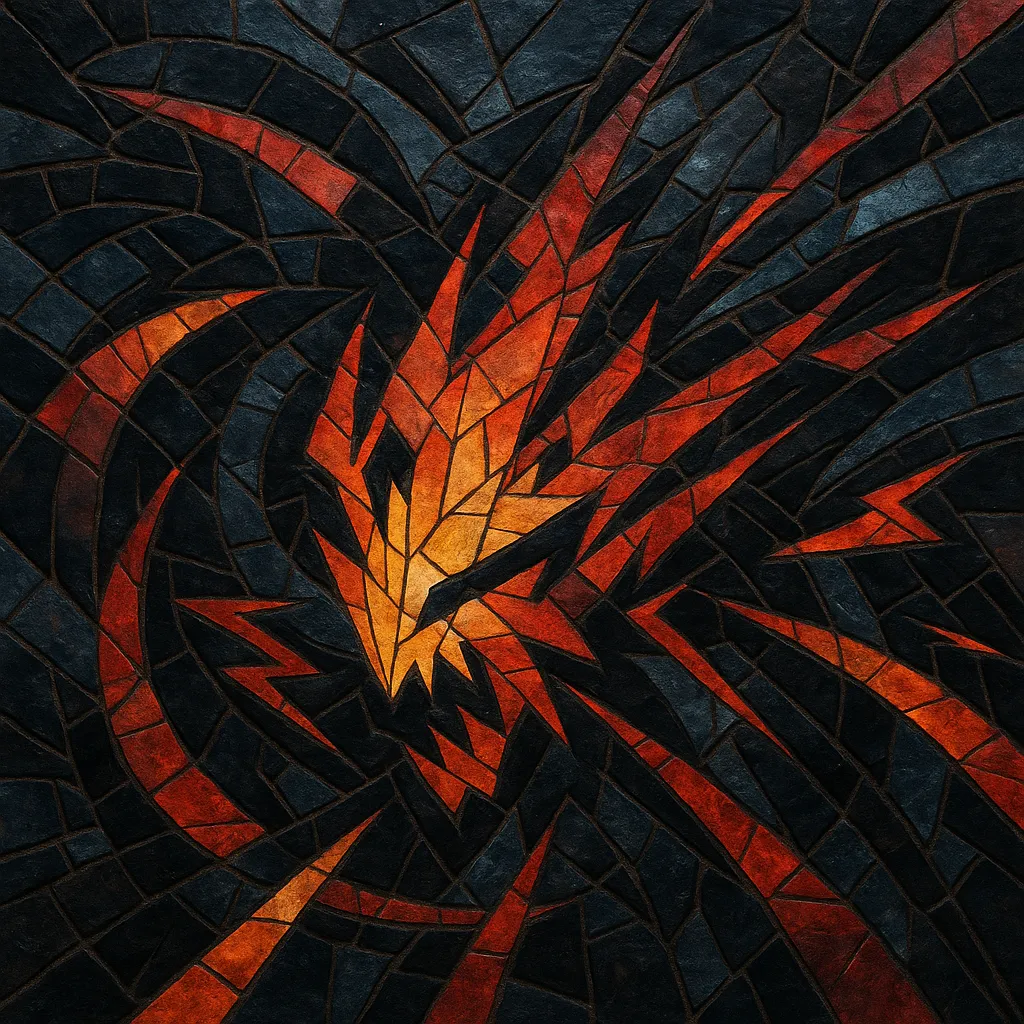Tearout is an ultra-aggressive, high-energy strain of dubstep that magnifies brostep’s midrange assault into even more explosive drops and relentless, machine-gun bass phrases. It is defined by hyperactive bass modulation, razor-edged growls and screeches, heavy distortion chains, and dramatic switch-ups that keep the drop constantly evolving.
The style emphasizes impact over space: punchy kick-and-snare patterns, sub-bass glued to dense mid-bass resamples, and cinematic builds that detonate into 16- or 32-bar drops packed with fills, fake-outs, and call-and-response riffs. While rooted in dubstep’s 140 BPM grid, modern tearout frequently borrows drum-and-bass phrasing and metal-style aggression, making it a festival-ready, crowd-slaying sound.
Tearout emerged as North American producers pushed UK dubstep’s wobble- and sub-focused template toward heavier, midrange-centric sound design. Early pioneers in the broader brostep wave laid the groundwork with snarling basses, cinematic builds, and rock/metal energy. This escalation, especially within the festival circuit, seeded a more relentless, constantly-switching approach that came to be called “tearout.”
Throughout the 2010s, labels and events that championed heavy dubstep—festival stages, bass-centric imprints, and online communities—helped codify tearout’s expectations: explosive pre-drops, rapid bass call-and-response, and an arms race in sound design (FM resampling, OTT, waveshaping, multiband distortion). Producers increasingly folded in neurofunk precision, drumstep momentum, and cinematic intros, creating the high-impact drops associated with tearout.
By the late 2010s, tearout’s palette diversified with metal-inspired guitar chugs, halftime-to-doubletime switch-ups, and crossover with trap EDM and hybrid trap. Tutorials, sample packs, and serum patches accelerated the style’s technical evolution, while festival culture (and later, livestreams) amplified its global reach. In the 2020s, tearout remains a mainstay of heavy bass lineups, influencing hybrid forms and pushing the craft of aggressive bass sound design forward.


